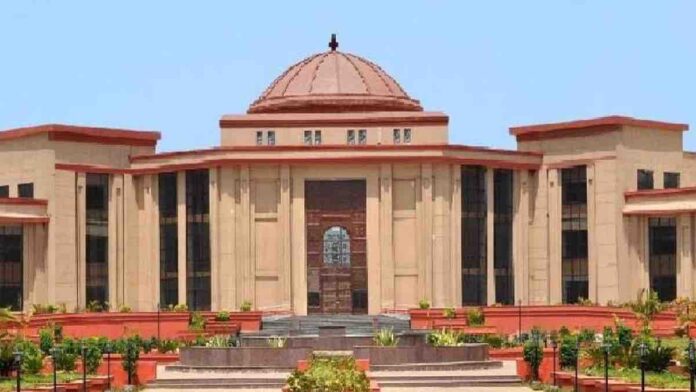The case revolves around the murder of Prakash Sharma in Raipur, Chhattisgarh, on April 16, 2018. The prosecution’s case alleges that Amrit Sharma, the cousin of the deceased, conspired with three others—Bhojraj Nand, Anil Kumar Behra, and Chitrasen Behra—to kidnap Prakash for ransom but accidentally killed him in the process. They intended to extort ₹2
To Read More Please Subscribe to VIP Membership for Unlimited Access to All the Articles, Download Available Copies of Judgments/Order, Acess to Central/State Bare Acts, Advertisement Free Content, Access to More than 4000 Legal Drafts( Readymade Editable Formats of Suits, Petitions, Writs, Legal Notices, Divorce Petitions, 138 Notices, Bail Applications etc.) in Hindi and English.







